Established in 1939 and renamed in 1976, Mark Twain National Forest (MTNF) is a breathtaking expanse of nature that can be overwhelming and confusing at first. The forest, with its nine parcels of land scattered across the southern half of Missouri, is a total of more than 1.5 million acres of public land. But don’t let the size and distribution deter you. The beauty of this massive forest is worth the exploration, with a growing list of opportunities to discover. Here are our favorite spots for recreation, broken down by activity.
HIKING
Hiking is one of the simplest and most enjoyable activities to do in MTNF. Trails crisscross all nine parcels and have a range of lengths and difficulties for all skill levels.
A great place to start is Greer Spring Trail in the Eleven Point/Doniphan district just south of Winona, Missouri. This 1.7-mile out-and-back trail leads hikers to Greer Spring, Missouri’s second-largest spring and the largest freshwater spring in the entire U.S. Forest Service. The spring is located in a beautiful ravine at the end of the trail, pumping out 220 million gallons of water daily from Greer Spring Cave and continuing to the Eleven Point River, more than doubling its flow. Free parking and restrooms are available at the trailhead, and benches and interpretive signs appear along the trail. There’s even a tiny, 15-foot cave near the spring to crawl in. Pets are welcome but must be kept on a leash.
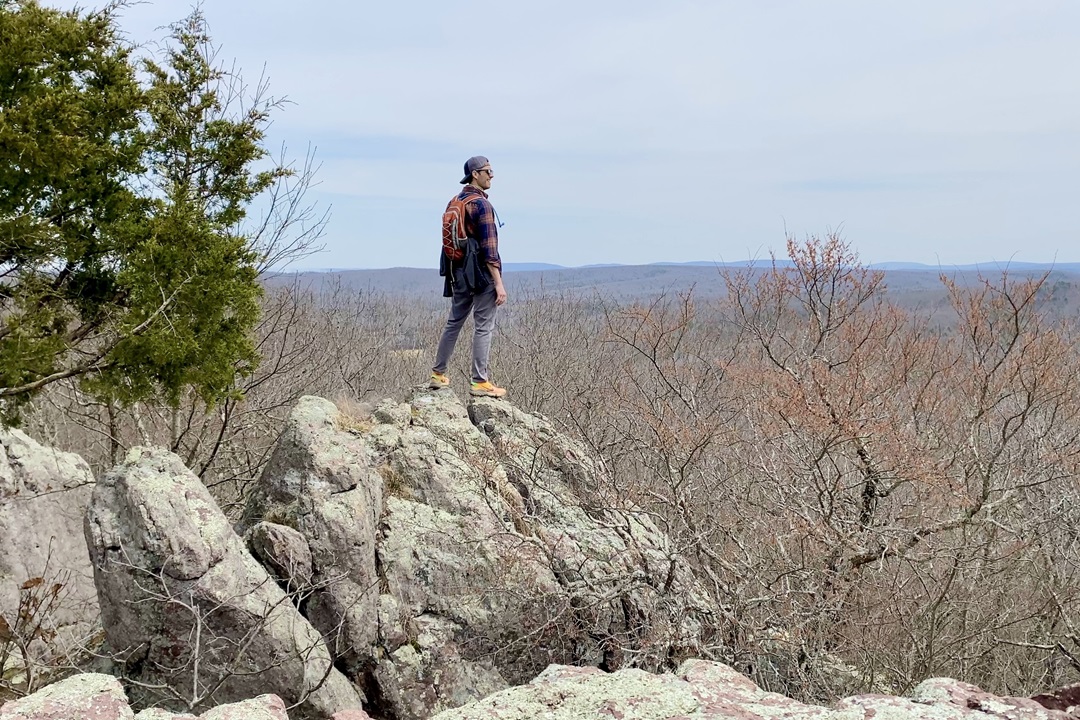
Bell Mountain in Mark Twain National Forest offers hiking opportunities. (Michael Shepherd Jordan)
BACKPACKING
If you’re an adventurous soul looking to cover some serious ground and spend a night or two under the stars, MTNF has several backpacking options to pique your interest.
The crown jewel of these is the 430 miles of (mostly) linked Ozark Trail (OT). This National Recreational Trail, found in five of the nine districts of MTNF, offers a unique backpacking experience. The 230-mile OT thru-hike begins at Onondaga Cave State Park near Leasburg, Missouri, and winds its way south to the Eleven Point Terminus near Thomasville, Missouri, just 30 miles north of the Arkansas border.
If you don’t have the time to dedicate a couple of weeks to the outing, Bell Mountain in the Potosi/Fredericktown district is a beautiful, 11.9-mile hike that can be completed in a day or two. The many backcountry campsites atop Bell Mountain (elevation: 1,702 feet) offer an attractive, unobstructed bluff view of the surrounding St. Francois Mountains. Bonus: You’ll even hit a small section of the OT.
Other backpacking trails to investigate are Paddy Creek Wilderness in the Houston/Rolla/Cedar Creek district and Irish Wilderness in the Eleven Point/Doniphan district.
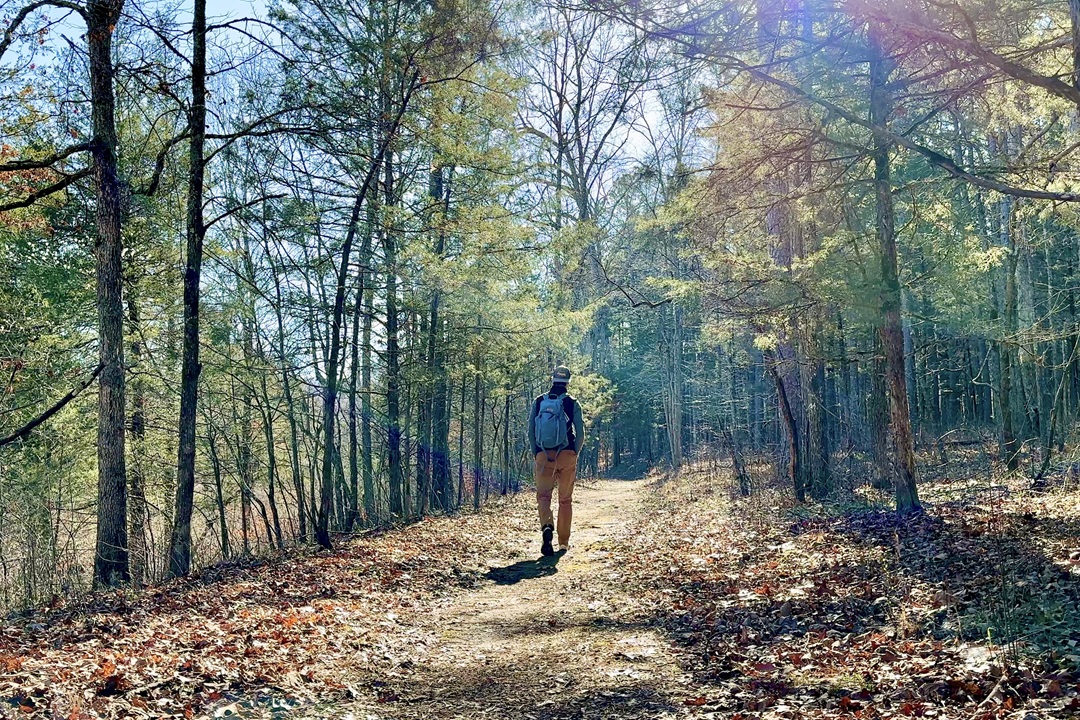
The Current River section of the Ozark Trail is a good place to backpack. (Michael Shepherd Jordan)
PADDLING
There isn’t a more classic Missouri summertime activity than heading out for a float trip. The Show-Me State is home to the Ozark National Scenic Riverways (ONSR), the first national park designated to protect a river system, the Current and Jacks Fork rivers. But there are more rivers throughout MTNF, so paddling opportunities are abundant. Bring your kayak or canoe to a river access point or book a trip through a variety of rental and guide companies that will supply you with all the equipment you need, dropping you off and picking you up at designated spots along the rivers.
We recommend two trips if you’re heading out for your first paddle: Greer to Whitton on the Eleven Point River and the various options along the Current River. The former is a 12-mile float that can be completed in one day or broken up over two, spending the night camping along the river. There are many outfitters to choose from, but two solid options are Hufstedler’s Canoe Rental and Richard’s Canoe Rental.
For the Current River, you can find a dozen or so outfitters on the ONSR website.
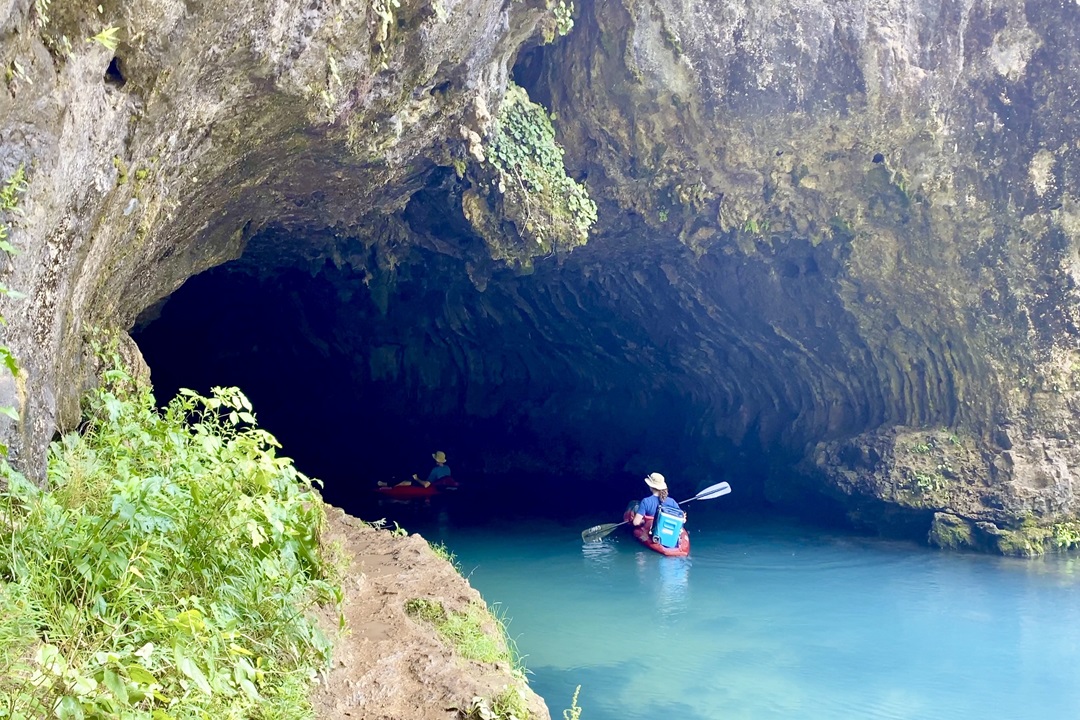
Paddling the Current River in Mark Twain National Forest. (Michael Shepherd Jordan)
MOUNTAIN BIKING
If speed is your thing and two wheels are your wings, then throw the bikes on the rack and head to Wolf Creek in the Poplar Bluff district just outside Poplar Bluff, Missouri. Boasting approximately 21 miles of trail, the area has been designed for mountain biking, though the trails are open to hiking and are a popular location for geocaching as well. The main trail is a 12-mile loop around the park’s perimeter, with several additional trails cutting through the center. Rated as easy/moderate, this is a great place to start putting tread to trail. Free parking and restrooms are available at the North Parking Lot just off County Road 429.
If you’re in the mood for a somewhat longer, more scenic trail, the 36-mile Cedar Creek Trail network southeast of Columbia is another strong pick. Consisting of four trails that can be connected or ridden individually, the system traverses oak-hickory forests and grass prairie. The Southern Loop is 22 miles of trail that is predominantly pasture and county roads, but when combined with Smith Creek Loop (5 miles) and Moon Loop (6.2 miles), you’ll add bluff views and fields of wildflowers to the ride. Just keep an eye out for hikers and equestrians who also frequent the trails.
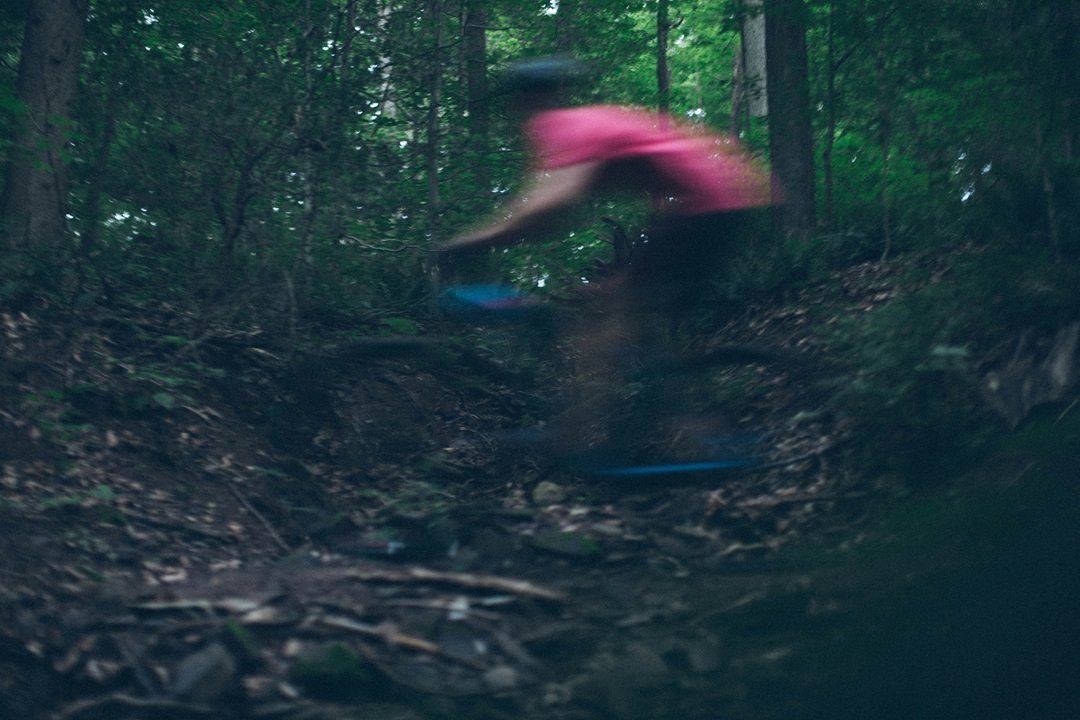
Wolf Creek and Cedar Creek Trail are prime spots for mountain biking. (Kevin Erdvig)
HORSEBACK RIDING
Speaking of our four-legged equine friends, many of the trails in Mark Twain National Forest are open to equestrian use. So if this is your idea of a good time, saddle up the horses and saunter through the rich biodiversity and natural beauty of the forest. The trails vary in difficulty from leisurely rides to more challenging terrain. Two trail systems to explore to get started: Kaintuck Hollow in the Houston/Rolla/Cedar Creek district and Ridge Runner National Recreation Trail in the Ava/Cassville/Willow Springs district.
Outside Rolla, just south of the Mill Creek Recreation Area, the Kaintuck Hollow trail system consists of nine shorter trails that, when combined, create a 15-mile loop. The system also features a natural bridge, Dewitt Pond, and Wilkins Spring, leading through a predominant oak forest, interspersed with hickory, cedar, dogwood, and pine.
Ridge Runner is a 35-mile trail system running from Noblett Lake south to North Fork Recreation Area. There is a 6-mile short loop and a 12-mile long loop around the lake and a 12-mile loop in the recreation area. A 12-mile stretch between the two loops utilizes a portion of the North Fork section of the Ozark Trail. The good news, especially for skittish horses, is that both of these trails prohibit motorized vehicles.
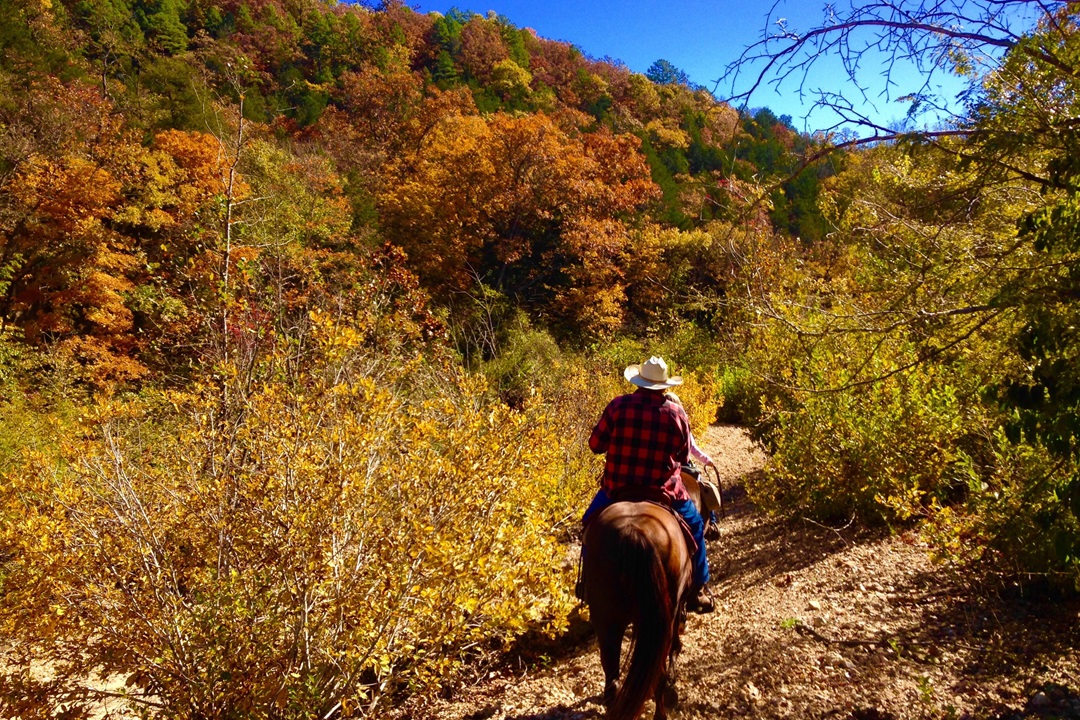
Kaintuck Hollow is one of the best spots for horseback riding in Mark Twain National Forest. (Back Country Horsemen)
MOTORING
Fear not, gearheads! Mark Twain National Forest has two off-highway vehicle (OHV) trail systems designed just for you. OHV vehicles include ATVs (four-wheelers), UTVs (side-by-sides), and off-road motorcycles (dirt bikes). All OHVs must have an appropriate muffler system and a Forest Service-approved spark arrestor, and riders are required to purchase permits before utilizing the trails. It is critical to operate OHVs only on designated trails. Riding off-trail is not only detrimental to wildlife but can also lead to closures in the forest.
The Chadwick Motorized Trail system outside Chadwick, Missouri, offers nearly 80 miles of multi-use trails for OHVs and mountain bikes. There are also two designated sections that allow off-trail riding: the 3-acre Family Play Area and the 5-acre Trails Bike Area. In general, Chadwick offers more technical, single-track riding.
Sutton Bluff outside Centerville, Missouri, offers more scenic rides that are segmented and accessed via county roads. This trail system totals roughly 45 miles.
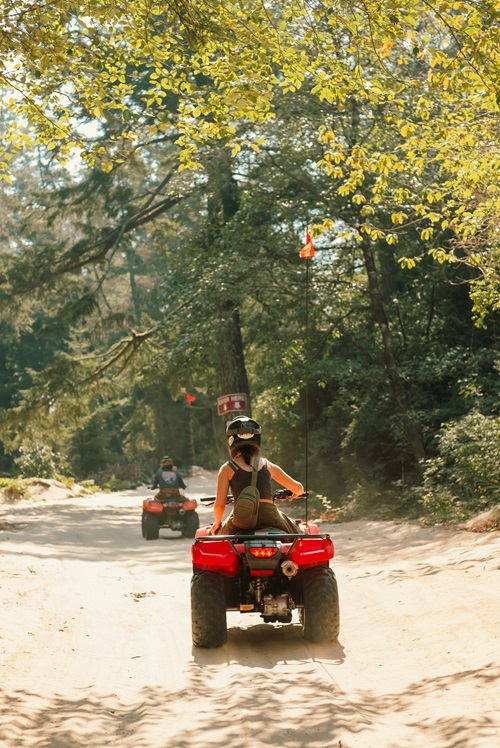
The Chadwick Motorized Trail offers paths for OHVs. (Andrew Vernon)
ACCESSIBLE TRAIL
The Pinewoods Lake Trail in the Pinewoods Lake Recreation Area near Ellsinore, Missouri, is a 1.3-mile, wheelchair-friendly trail that encircles Pinewood Lake. The first half-mile is concrete, and the remainder is a wide dirt path. The trail features gorgeous views of the lake, abundant wildflowers, and a local beaver who has built a dam on the lake.
If fishing is a pastime, head to one of two locations within MTNF that have accessible fishing piers, Ripley Lake and Fourche Lake. Both are stocked annually with catfish and also contain bluegill and bass.

Pinewood Lake offers a 1.3-mile accessible trail. (Chris Meyer)
MTNF RESOURCES
Mark Twain National Forest: fs.usda.gov/mtnf
OHV Passes and Permits: fs.usda.gov/detail/mtnf/passes-permits/recreation
ONSR Current River Outfitters: nps.gov/ozar/planyourvisit/floating.htm
Ozark National Scenic Riverways: nps.gov/ozar
Author: Michael Shepherd Jordan is a frequent contributor to Terrain.
Top image: Council Bluff Lake in Mark Twain National Forest. (Michael Shepherd Jordan)

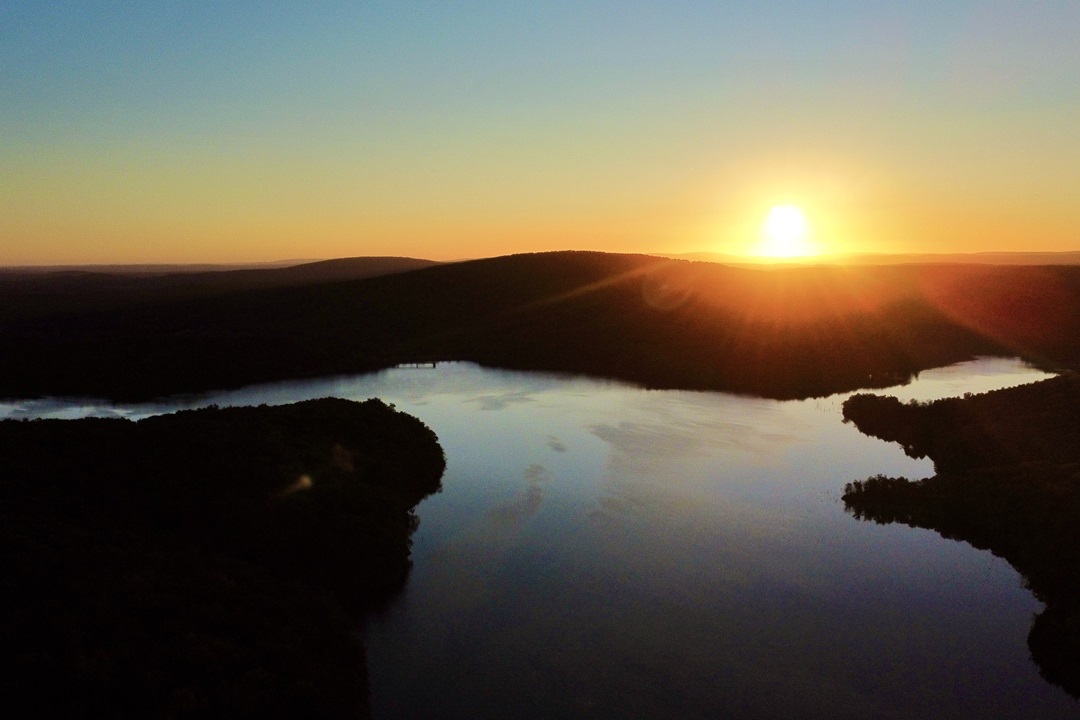
[…] Where to Do Everything in Mark Twain National Forest – Terrain Magazine […]
[…] 1. Terrain Magazine: Where to Do Everything in Mark Twain National Forest 2. Simple Wikipedia: Mark Twain National Forest 3. Wikipedia: Mark Twain National […]